Everyday Accessible Technology Part 2

Earlier in the month, we looked at everyday accessible technology in the home, and we focused on the bedroom and the bathroom. To read that e-bulletin, click here. Today, we’re going to look at some accessible products that could (or should) be found in one’s kitchen. The products that we are looking at today were recommended by our colleague Nakia Singh, who lives independently with very low vision. These products were chosen because they are safe and relatively easy to use, making them a good choice for individuals who require accessible kitchen tools.
Tap Wearable Keyboard

We’re all familiar with the QWERTY style keyboard. In fact, we’re so used to this style of keyboard that the QWERTY keyboard has become ubiquitous within North America. When we think of a computer keyboard, we think of a QWERTY keyboard. This style of keyboard has a long history, having been initially designed for analog typewriters in 1878. To this day, that design remains virtually unchanged, except for the addition of some computer-based function keys, and some other minor changes.
The product that we’re going to be looking at today isn’t just a departure the QWERTY style, it’s the antithesis of modern keyboarding as we know it. Tap is a wearable, Bluetooth enabled keyboard and mouse that allows users to input text using any surface, with just one hand. The Tap wearable keyboard is customizable, accessible, and ergonomic, and it’s supported by a multitude of apps that allow users to learn and customize their device.
Everyday Accessible Technology Part 1
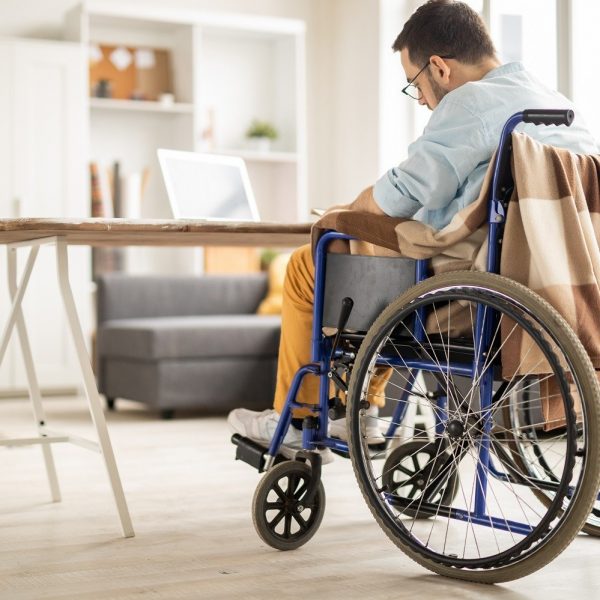
Whether you are in a wheelchair, blind, or even partially sighted, living with a physical disability comes with its own unique set of barriers and challenges, especially if ones’ living space is not properly configured for the complexities of disabled living. Thankfully, there is a plethora of consumer products, most of which are available for purchase online, that are designed for comfort and efficiency in the home and can also be used as AT. From the bathroom to the kitchen, today’s e-bulletin is going to focus on AT that is designed to help individuals with disabilities live safely and efficiently. The following recommendations were put forth by our very own AT researcher/life-hacker Nakia Singh, who is partially sighted.
Live Transcribe
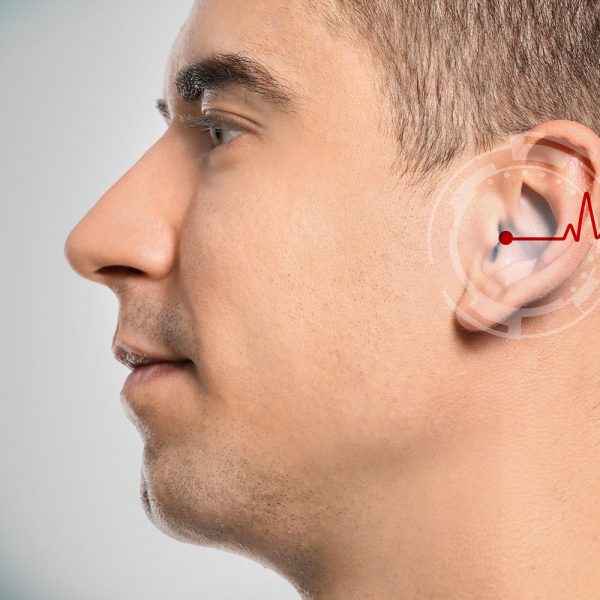
This month, Google introduced a new accessibility app which has the potential to change the way that deaf and hearing-impaired individuals communicate with those around them. Live Transcribe uses cloud-based speech recognition to display spoken words on a phone screen in real-time. Prior to this innovation, captioning technology typically required the use of a human captioner. And while captioning technology is effective, it can be costly, and using the technology typically requires significant preparation time. Now, deaf and hearing-impaired users can communicate with those around them easily and independently, with technology that is available for free.
Advancements in Augmentative Technology
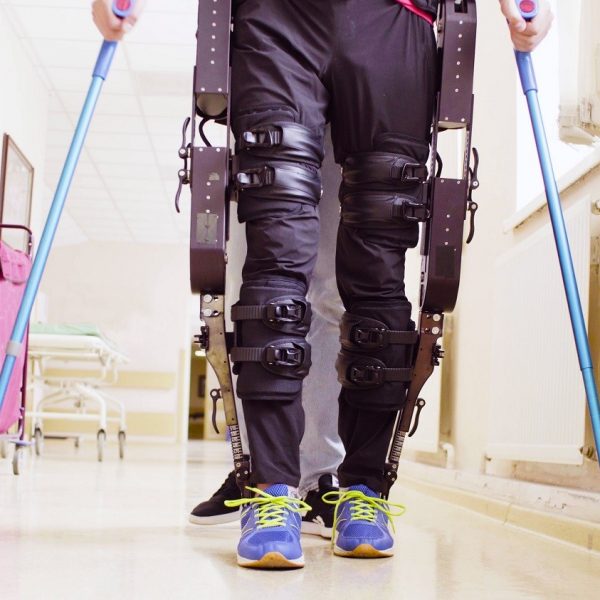
Augmentative technology, at least according to the North American definition of the word, is technology that is designed to augment the lives of able-bodied individuals. Of course, this technology is often adopted by assistive technology (AT) users, and when that happens, the technology would then be considered AT, as AT is defined as “any item, piece of equipment, or system, whether acquired commercially off the shelf, modified, or customized, that is used to increase, maintain, or improve functional capabilities of an individual.” Because of this, augmentative technology often becomes assistive technology, and mainstream inventions are quickly adopted and adapted by AT users. For today’s e-bulletin, we’re going to delve deeper into some of the most cutting-edge pieces of tech that blur the line between augmentative and assistive technologies.
Edmondo: The Virtual Classroom App

Edmondo is a free app for teachers, students, and administrators that has been designed to centralize and digitize homework, communications, and classroom resources. The app allows teachers to create and upload quizzes, lessons, and resources to a virtual classroom which can then be accessed by students. With a userbase of nearly 100 million, and a consistent ranking in the top 10 education apps on iTunes, Edmondo is a major player in the world-wide shift away from the rigidity of traditional educational practices.
Disability Professionals Workshop
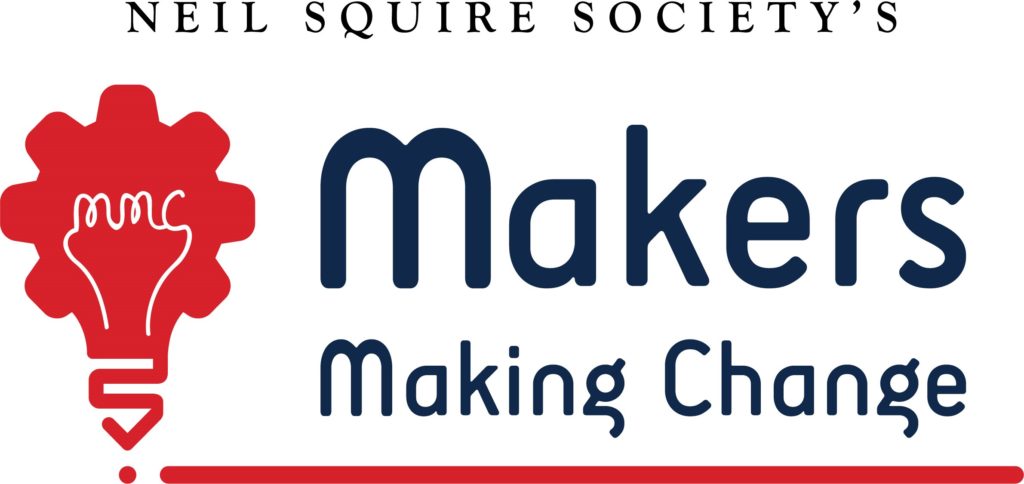
Makers Making Change (a division of the Neil Squire Society) is hosting a free workshop series designed to connect makers to people with disabilities who need assistive technology. These workshops have already seen success across Canada, and now, Makers Making Change is setting its sights on New Brunswick.
The Best Buy Tech Grant

Best Buy Canada is offering tech grants to Canadian public schools for students within any grade range from kindergarten to grade 12. These grants are designed to provide students with the latest in technology (and assistive technology), encouraging and empowering them to reach their maximum potential during the primary, secondary and even post-secondary years.
Chrome OS: Part 1 – What is Chrome OS?
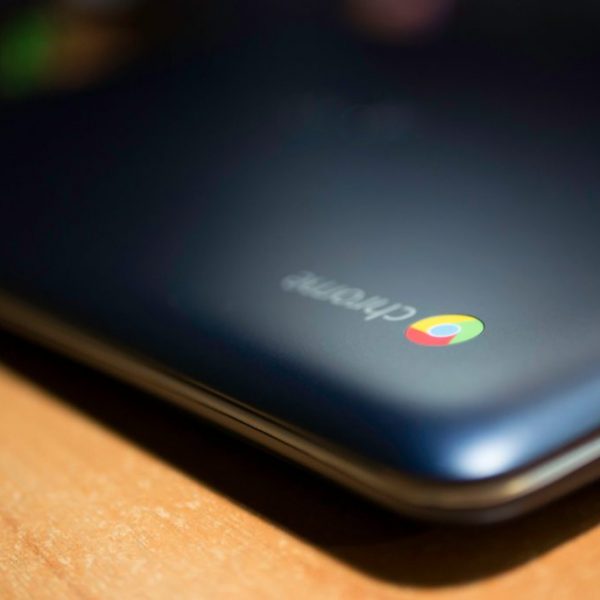
Chromebooks are small, inexpensive notebooks (laptops) that come pre-loaded with Chrome’s very own OS (Operating System). These machines are known for their speed, simplicity, and reliability, and with the many accessibility features that are now available for download via Chrome browser, these devices are now carving their own path among the many new AT (Assistive Technology) friendly laptops that are available today. This discussion will span across multiple articles, but today’s article will focus on introducing Chrome OS by exploring what exactly it is…and what it isn’t.
Distance Computer Comfort Training

Are you someone with a physical or sensory disability who would like to learn more about technology from the comfort of your own home? Are you interested in learning more about how to use your computer, laptop, tablet, or smartphone?



